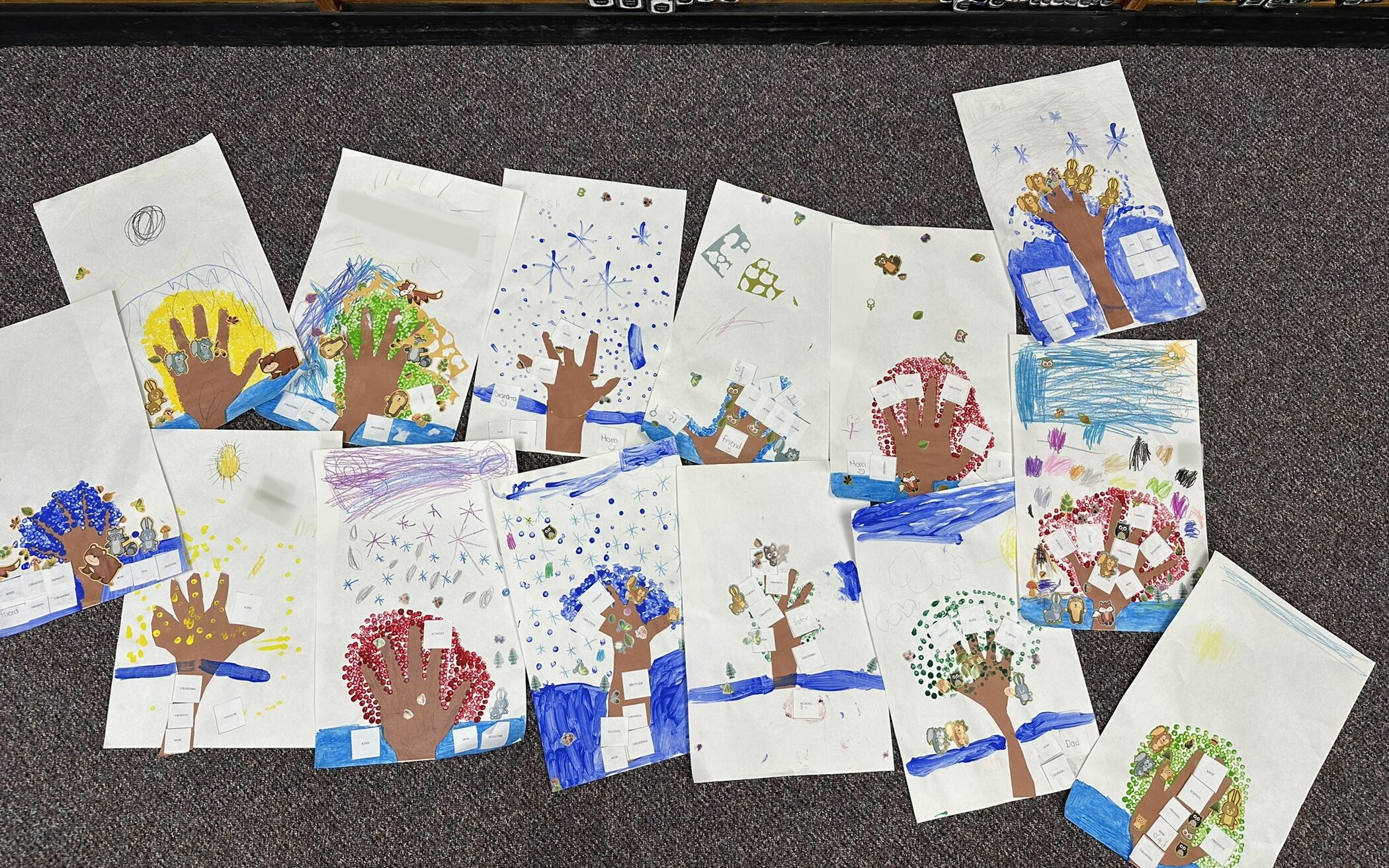Educators implement effective planning, instruction, assessment and reporting practices to create respectful, inclusive environments for student learning and development.
I believe that being as prepared as you can be is extremely important in this profession. But it is also important to know that despite being prepared, some things may not work out and that is OK. With that being said, it is important to plan for inclusivity. In this, it is important to be aware of our student’s capabilities, needs, and limits so we can plan within that range. For example, I had a couple of students who struggled with writing and although a goal is to strengthen that, sometimes that is not the point of the lesson and to prevent them from being unable to absorb the point of the lesson I did things such as think – pair – share, work with a partner, draw or write your answer, etc.
For this standard, I am sharing a few lessons that I have prepped, planned and done with my practicum students over the past few weeks. This page is subject to change and the addition of new things.
Lesson 1
This is a lesson that you may have seen on my Twitter. This was the first lesson I did with my grade 6 practicum students! I wanted to create a lesson where the students were still working on their academics but were able to express themselves so I could learn about them and they could learn about me. Although it takes time to build relationships, I believe this was a great way to connect with students. I had the students design their own mind maps about their passions. As an “assessment.” During the closure piece we sat together in a circle and we shared a few of our passions with each other. Each person was to share their passion and somewhat elaborate on them. I then asked students who shared the same passions to raise their hands so we could see all that we had in common. I wanted students to realize that although we are different, and come from different families, backgrounds, and ways of life we do have similarities. I believe that this set a good base for me as a new person in their classroom and their life to create connections and relate with them – the beginning of a student-teacher relationship.
Next for our “in situ” at Harwin Elementary I was placed in a beautiful kindergarten class. We were given some direction for what kind of lessons we were to teach during our 6 weeks there. I started out with another introductory lesson where I could learn about the kids and they could learn about me! This lesson was called “What I want to be when I grow up.” For this lesson, we sat down and learned about different professions through an occupation game. From there, the kids had the opportunity to make their own career day hats. The only requirement for this activity was that they were to draw themselves into whatever career they wanted. The colours, the shapes, none of it mattered as long as they could verbally tell me what they wanted to be when they grew up. It was really awesome to see some of them make connections with me through teaching and then to see them make connections with each other. This set the base for our “Homemade Community.”
In our homemade community, the students each got to choose a building of choice, decorate it how they wanted to and then with input from their peers, they glued their building onto the cardboard. Once everyone’s building was glued, the students got to see how it all looked together. I made a point of talking to the students about how working together in collaboration makes a difference and how we can build community through that.
3rd Lesson was an Indigenous Education and Art lesson with Kindergarten students at Harwin Elementary. I wanted to create a piece of artwork that related to Indigenous ways of being and knowing, the land we live on and to the individual students. So for this lesson, we read the Tap The Magic Tree book and then we created our own Magic Trees. In these trees the trunk is a cutout outline of each individual student’s hand, the river behind the hand represents the land we live on “Lheidli T’enneh — Where the two rivers meet,” the colour of the leaves represent the student’s favourite season, the words on the “roots” of the tree are their support systems, favourite people and places, where as the words on their branches represent what they think of themselves, e.g. funny, caring, etc. Any other details were added without guidance from the teachers. This was done so the students could make their trees their own.


As a teacher I will always strive to:
- Be aware of all my student’s needs.
- Be transparent with students about their journey so they can be informed and make decisions about their learning journey.
- Provide opportunities for various types of learning. (Hands-on, experiential, land-based).
- Create a safe, welcoming community for all students to be a part of.
- Commit to a lifelong learner lifestyle so I can continue educate myself and be the best learner with my students that I can be!